One of the biggest dilemmas with travel is what lenses — and how many — to take. Have you been seeking the perfect travel lenses for Sony full-frame cameras? Then perhaps these Tamron lenses could be for you.
When Tamron heard I was heading off to Tropical Far North Queensland for a week, they didn’t hesitate to get two lenses to me quickly — the 28-200mm and the 17-28mm. I can’t say I was disappointed.
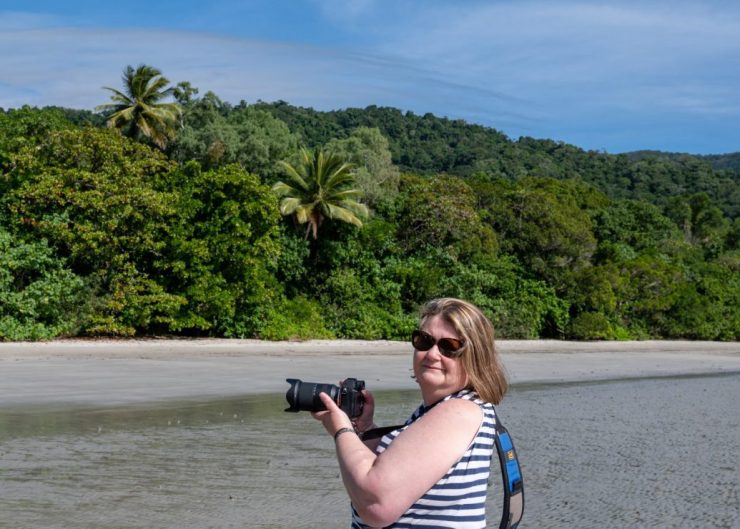
The travel duo
What’s so special about this travel duo? From a super-wide 17mm to a telephoto 200mm with just two lenses. Normally it would take three lenses to cover that range. I have a Sony 17-35mm, a 28-75mm and a 70-300mm, and I didn’t take any of them!
The 28-200mm lens also has a 1:3.1 macro (minimum focusing distance of 0.19m), which meant I didn’t need to pack a separate macro lens either. The combined weight was less than 1 kg and both having a 67mm filter thread meant I only needed one filter ring for my CPL and Neutral Density filters. I could pack two Sony a7R III bodies, two lenses, filters, battery and charger in my carry on luggage for under 6 kg! Big bonus!
The 28-200mm lens offers versatility
Tamron touts this lens as “The new standard in portability.” I must admit I did use this lens a LOT. It’s lightweight, small and durable. Even in the hot tropical extremes (we had 100% humidity one day) it rarely fogged up (as long as the lens cap was off).
I found to have the 28-200mm range to be perfectly acceptable in almost all conditions, only a few times I missed my Tamron 70-300mm. If I needed a slightly wider angle I could bring out the second camera, which the 17-28mm lens lived on.
Having the 1:3.1 macro was super handy as well. Starting at f/2.8 was good at 28mm, but once the zoom was brought into action that changed to an acceptable f/5.6. Between the minimum focal distance of 0.19m (1:3.1 macro magnification) and the focal range, the aperture and close focusing makes for a VERY versatile lens.
From shooting epic landscapes to portraits, flowers, birds and butterflies, in macro it performed quite well in most shooting aspects (even though technically not a true macro of 1:1). Even action shots were handled well, from a complete novice side of things too. Trying to catch an Australian Salt Water Crocodile in action is tougher than it looks and trust me, I wanted every millimeter of the 200mm for that!
.mgl-tiles { display: none; } #mgl-gallery-634eeb141120e { margin: -5px; width: calc(100% + 10px); } #mgl-gallery-634eeb141120e .mgl-box { padding: 5px; } @media screen and (max-width: 768px) { #mgl-gallery-634eeb141120e { margin: -5px; width: calc(100% + 10px); } #mgl-gallery-634eeb141120e .mgl-box { padding: 5px; } } @media screen and (max-width: 460px) { #mgl-gallery-634eeb141120e { margin: -5px; width: calc(100% + 10px); } #mgl-gallery-634eeb141120e .mgl-box { padding: 5px; } }
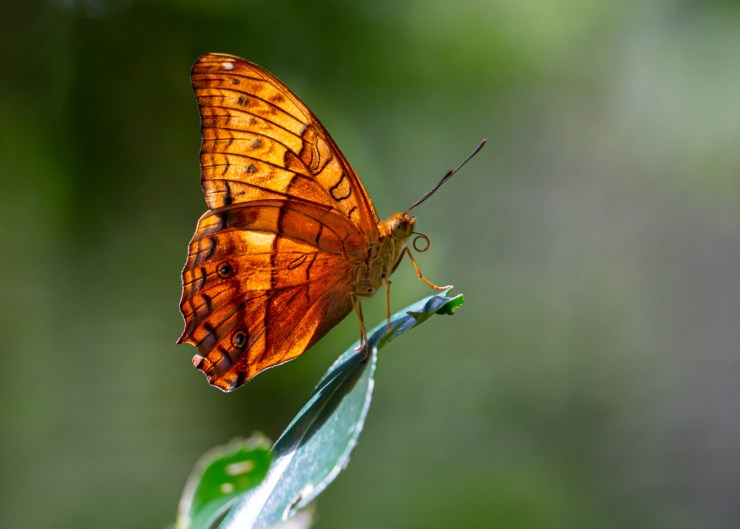
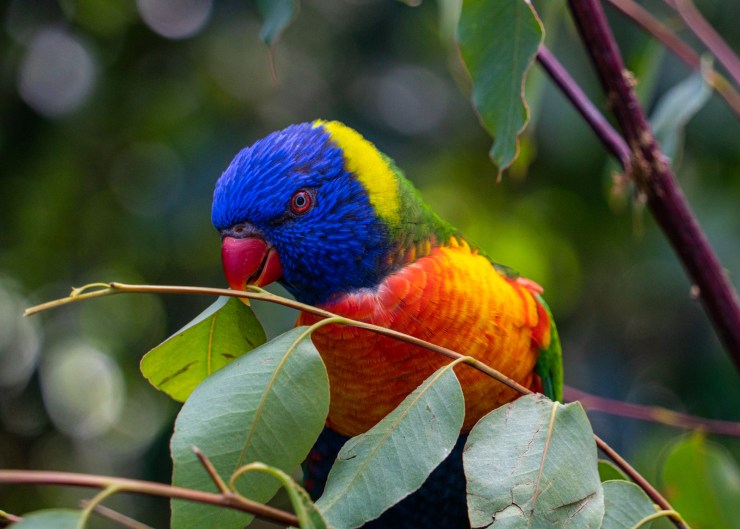
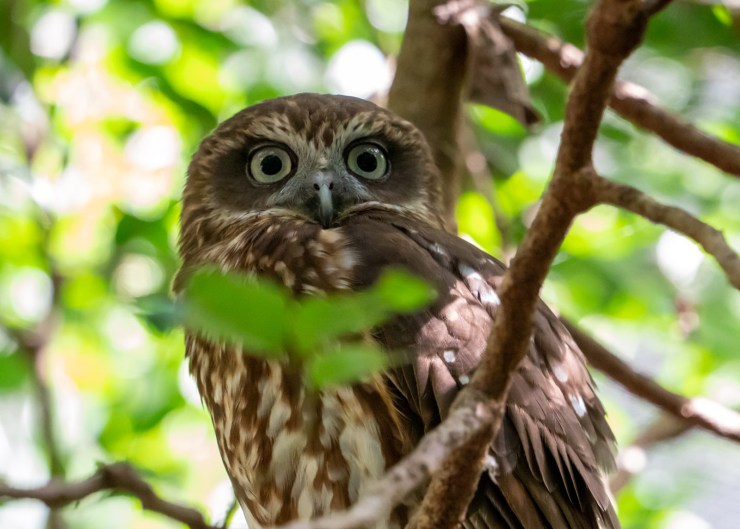
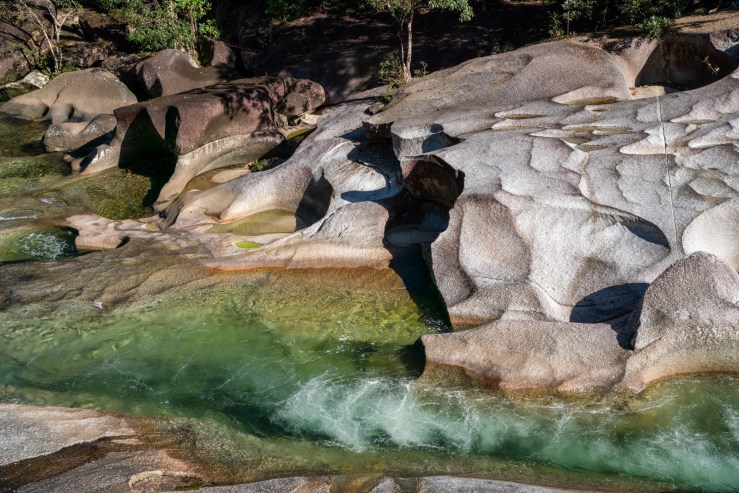
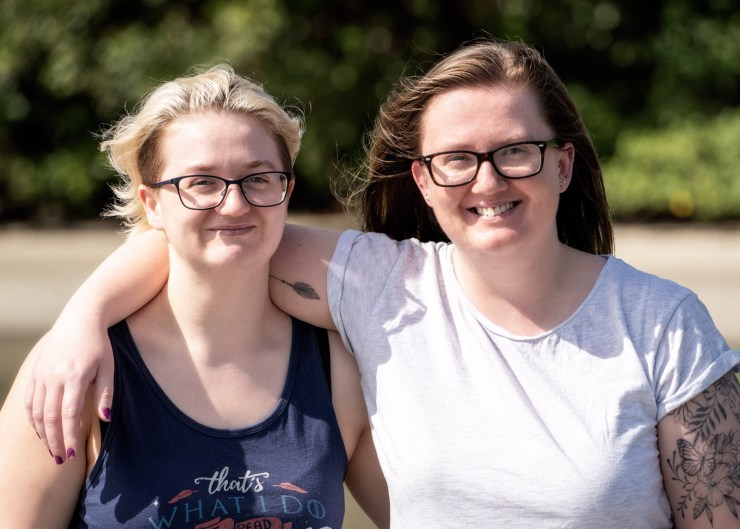
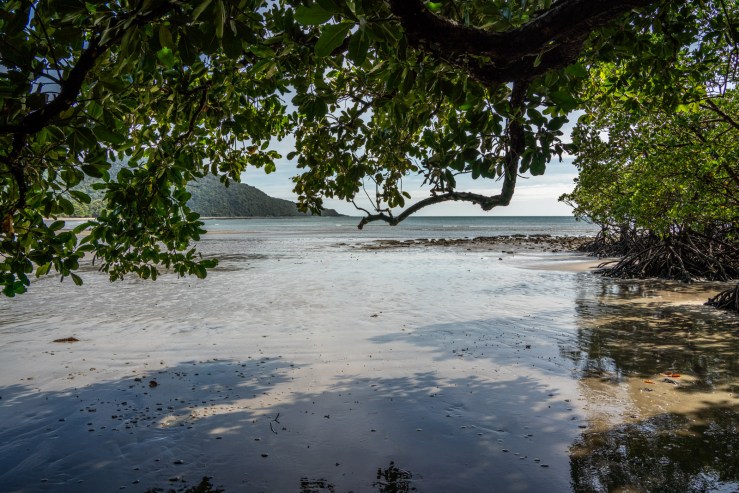
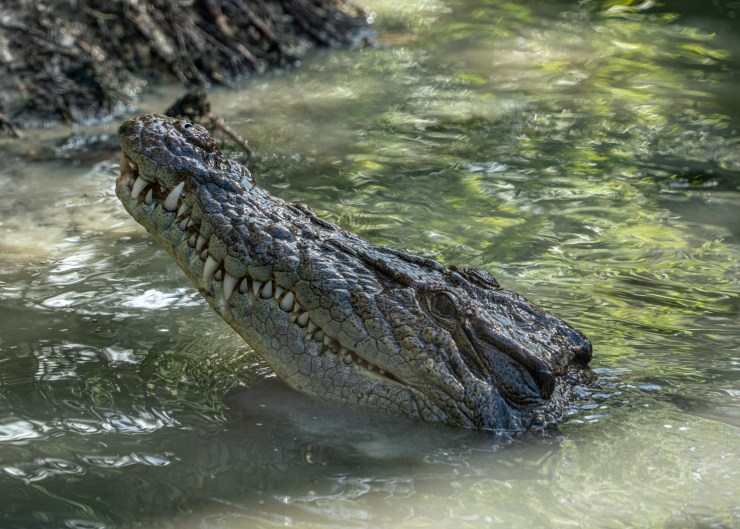
The perfect partner 17-28mm lens
The 17-28mm f/2.8 offers the extended range of 17-28mm, leaving off where the telephoto starts. I found having the 17mm in the small, compact lens was perfect for travel. My Sony 16-35mm is a beautiful wide-angle lens but larger and heavier than the Tamron as well as having a slightly larger diameter. I can’t say I used the lens at f/2.8 much, but if used for astrophotography, I could see where that could come in handy.
.mgl-tiles { display: none; } #mgl-gallery-634eeb14132b5 { margin: -5px; width: calc(100% + 10px); } #mgl-gallery-634eeb14132b5 .mgl-box { padding: 5px; } @media screen and (max-width: 768px) { #mgl-gallery-634eeb14132b5 { margin: -5px; width: calc(100% + 10px); } #mgl-gallery-634eeb14132b5 .mgl-box { padding: 5px; } } @media screen and (max-width: 460px) { #mgl-gallery-634eeb14132b5 { margin: -5px; width: calc(100% + 10px); } #mgl-gallery-634eeb14132b5 .mgl-box { padding: 5px; } }
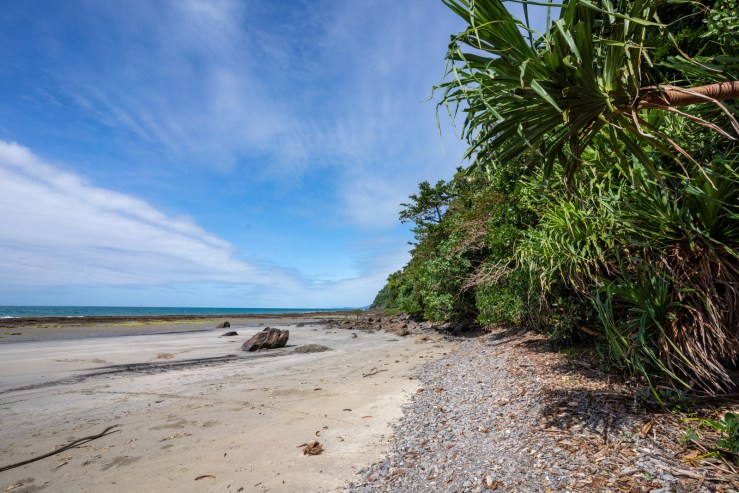
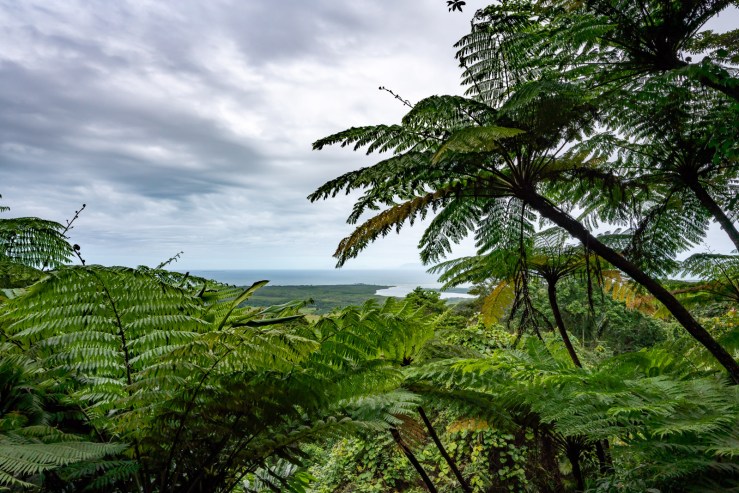
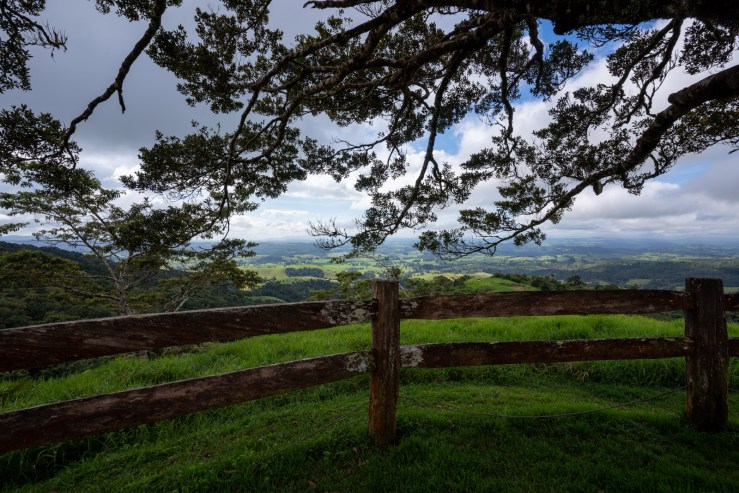
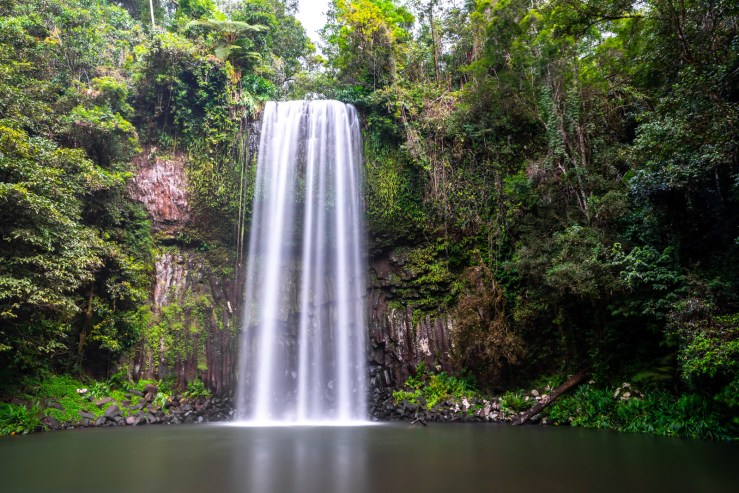
The proof is in the photos
Well the proof is in the photos, right? I used only these two lenses for a week of traveling to Cairns. From the Daintree to Atherton Tablelands. Hot, tropical, steamy conditions and neither lens skipped a beat.
On one particularly humid day, I put the lens cap on and the 28-200mm fogged up a touch. Once I took the lens cap off, it quickly unfogged. I kept the lens cover off unless traveling in the bag.
The macro was actually far more impressive than I had originally given it credit for, but then I do love using the 300mm for macro (even with the minimum focusing distance of 0.8m), so I am not sure why I was surprised. It also has a lovely bokeh too. True, it’s not a true macro in the sense of it, but does some fabulous close-ups.
The wide-angle, while not as sharp as my Sony Zeiss 16-35mm, still produced lovely images in a very hazy tropical heat. I found the focus fast and quiet and handled everything I threw at it. The 28-200mm, I occasionally had trouble with the autofocus when shooting into really bright light, as well as really low light. But in general, was relatively fast and quiet. I still found some color aberration in high contrast areas, similar to the 70-300mm. But this is easily corrected in Lightroom and does not really affect the finished images.
.mgl-tiles { display: none; } #mgl-gallery-634eeb1414297 { margin: -5px; width: calc(100% + 10px); } #mgl-gallery-634eeb1414297 .mgl-box { padding: 5px; } @media screen and (max-width: 768px) { #mgl-gallery-634eeb1414297 { margin: -5px; width: calc(100% + 10px); } #mgl-gallery-634eeb1414297 .mgl-box { padding: 5px; } } @media screen and (max-width: 460px) { #mgl-gallery-634eeb1414297 { margin: -5px; width: calc(100% + 10px); } #mgl-gallery-634eeb1414297 .mgl-box { padding: 5px; } }

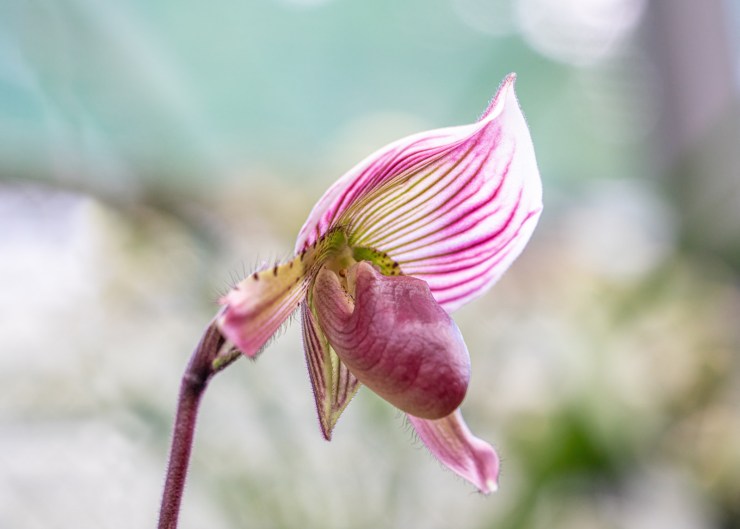
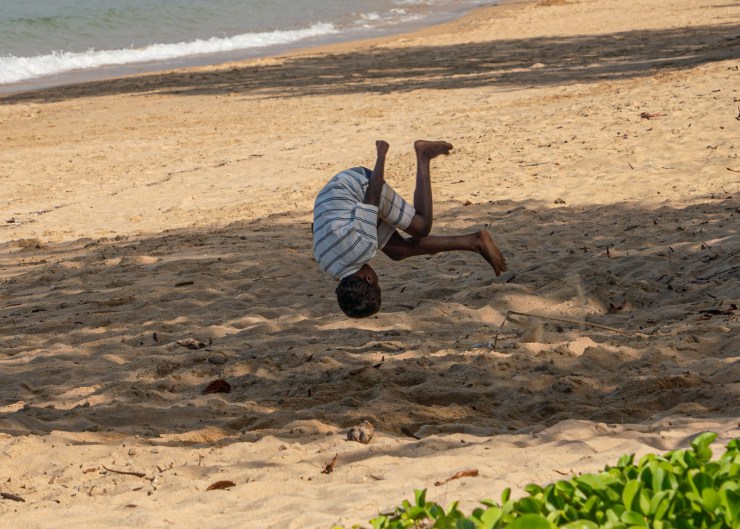
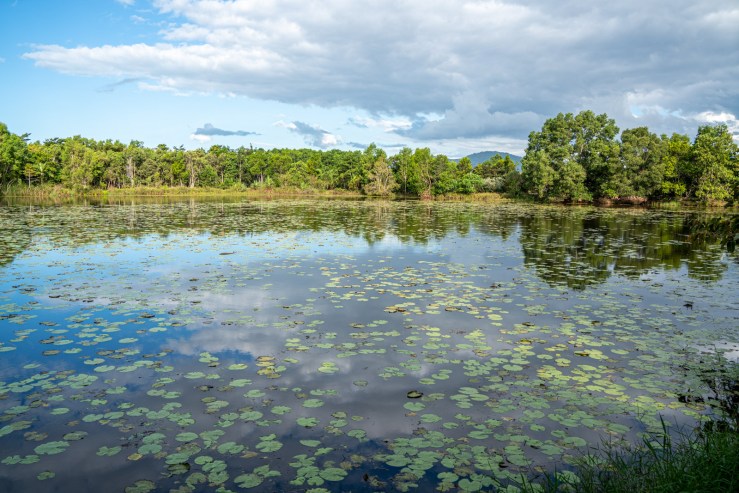
So is this Tamron duo the perfect Sony travel kit?
If you are looking to purchase a wide-angle lens and a great telephoto lens for your Sony full-frame camera, then these two lenses might just be the ticket. Weighing less than1kg, I could confidently pack two bodies and two lenses and know I had pretty much everything covered. There is rarely a perfect solution, but going from 17-200mm between two lenses is very handy. They are good, durable lenses, giving great images at an affordable price.
Tell your story with the second annual Visual Storytelling Conference!
Experience four days of interactive, online training sessions featuring a range of educational content with experienced photographers and content creators. This free event kicks off with a series of technical boot camps to build essential skills, followed by live, online sessions on photography, video, business and social media. Join live from March 10-13, 2022!
